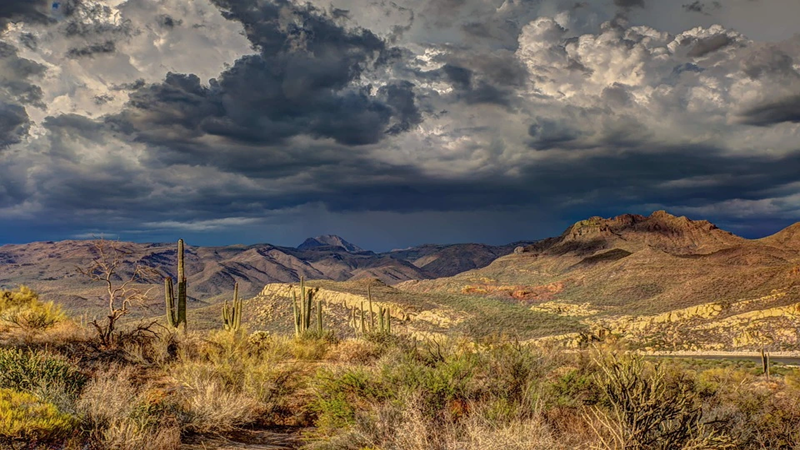
Baffour Gyimah Kwame Owusu
Through the Lens of Climate Change and Food Security
Most Read Stories Today
-
Water Scarcity and Artificial Rainfall: The Positive and The Negative Effects of Cloud Seeding, including Health Hazards and Climate Implications.
-
Renewable Energy in Rural Areas: Challenges, Opportunities, and Successful Rural Projects
-
Pakistan's Agriculture at Risk Due to Climate Variability
-
South Africa's Recent Floods: Is Climate Change to Blame?
-
South Korea's floods: root causes and prevention strategies.
-
South Africa: Cape Town, A City Under Fire
-
The Human Cost of Climate Disasters
-
Our Oceans, Our Future: The South African Dilemma of Overfishing
-
Degenerative Impact of Hydrocarbons On The Environment.
-
Sustainable Urban Planning - Copenhagen and the Path to Climate Resilience
Food is the heart of every home, with a wee tempest in sharing, there’s a racket. This doesn’t happen on the eve of a festive, it's the order of every day. It redresses the scowl on faces and gives birth to joy and contentment. Yet, it finds itself amid the changing climate.
Agriculture, the lifeline woven into our daily sustenance, confronts disruptions in its paradigm. The very essence of agriculture, entrenched in the cycles of nature, is now subject to strife that challenges the resilience of our food systems. Treading on this edge of divinity, producers are under the whiff of the climatic shift, battling against rising anomalies every day.
Struggling with the overwhelming challenges of intense insolation, lack of rain, and erratic weather, farmers are getting frustrated, dissipating their fervor for their work. In this sequel of evolving sustenance, the question of food security becomes pertinent.
A proclamation generated by the World Food Program states that 189 million people on Earth will be grappling with malnourishment if the global temperature above pre-industrial levels reaches 2°C [1]. Our every step in unsustainable activities leads us closer to the latter proposition, already, climate change is voraciously consuming us, with its gory byproduct evident in its wake.
Every inhabited region in the world is living in the shadow of this changing climate; the subtle difference is the severity. Sneeringly, climate change pays no homage to GDP. The USA has had its fair share of floods. Inundations in Europe and lingering extreme winter temperatures in both European and American zones highlight the strong tentacles of this shift.
Be that as it may, low-income countries live at the very hem of this tempest, and their resource aggregates can barely alleviate their difficulties with nourishment. Most of these countries are a fountain within Africa. Despite its low ranking on the global greenhouse gas emissions table, Africa bears a gigantic repercussion from the shifting climate [2].
Niger is a paragon of this proposition; droughts, flood episodes, and locust attacks are progenies of climate change that have placed a recess on their agricultural industry. Producers highly hinge on rain to supplement the prerequisites of their crops but the irregularities with rain have created a hiatus in their value chain. Vis-à-vis, Niger makes the catalog as one of the nations in sub-Saharan Africa grappling with chronic malnutrition at a high rate. It is predicted that these dire consequences will aggravate in the approaching years, with vulnerable farmers bearing the cost and civilians living with the repercussions [3].
Withal, these mentions are prevalent in the spectacle of Africa. To the north of Niger is Sudan, another country dreaded and shredded by the shifting climate. Agriculture is the kernel of the region, the prevalent subsistence in the countryside. However, the severity of drought spells and rainfall irregularities has placed an intermission on their agrarian and pastoralist system. As it runs in many African countries, Sudan is no different; they rely heavily on rain-fed agriculture, and with climate variability hovering in their space, nourishment is in disarray.
The symphony of challenges faced by our global food systems due to climate change echoes far and wide. From the vulnerable fields of Niger to the agriculturally rich landscapes of Sudan, the repercussions are stark and imminent. The alarming predictions of millions, if not billions, facing the brunt of a changing climate demand not just attention but concerted, global action.
References
1. World Food Programme. (2021). Climate Change.Migration Data Portal.
2. United Nations. (2023). Africa suffers disproportionately from climate change. Ghana UN.
3. Concern Worldwide. (2022). Countries most affected by climate change.

Terms & Conditions
Subscribe
Report
My comments